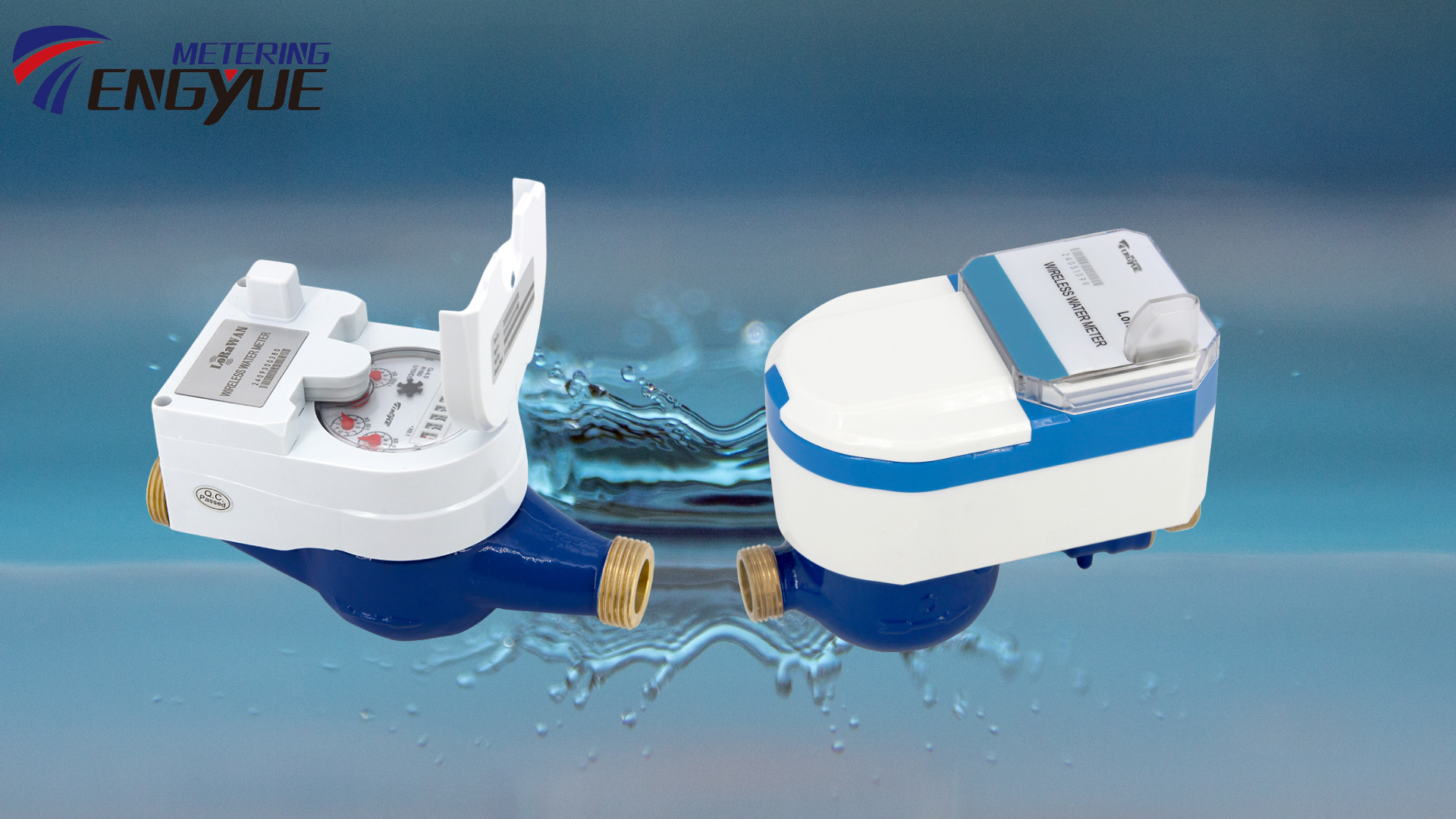Electronic Water Meter Working Principle and Reading Guide
Time:2025-02-13
Views:30

In today‘s world where water resources are increasingly scarce, efficient and accurate water metering is particularly important. Electronic water meters have been widely used in household, commercial, and industrial water management as a modern tool for measuring water resources. Tengyue Technology, a professional water meter manufacturer, is dedicated to providing high-quality electronic water meters and sincerely invites water meter distributors from various regions to cooperate and jointly promote the development of smart water management.
How Does an Electronic Water Meter Work?
The working principle of an electronic water meter is based on the flow measurement principles in fluid mechanics, mainly achieving accurate water measurement through the following steps:
Flow Sensor: The electronic water meter is equipped with a flow sensor, usually of the propeller or electromagnetic type. When water flows through the meter, the sensor detects the speed and direction of the water flow.
Signal Conversion: The flow sensor converts the information about the speed and direction of the water flow into an electrical signal.
Signal Processing: The microprocessor receives the electrical signal, processes and calculates it, converting the flow information into actual water volume data.
Display and Storage: The processed data is displayed in real-time on the meter‘s LCD screen and stored in the internal memory for subsequent query and management.
How to Read an Electronic Water Meter?
Electronic water meters are usually equipped with an LCD, making it simple and convenient to read the meter data:
View the Display: Directly observe the LCD on the water meter, showing the current water volume data.
Understand the Display Information: The data on the display usually includes cumulative water usage, instantaneous flow rate, and time of use. Cumulative water usage refers to the total amount of water used since the meter was installed, while the instantaneous flow rate indicates the current speed of water use.
Record the Data: At the end of the meter reading cycle, record the cumulative water usage for water management and billing purposes.
What Types of Electronic Water Meters Are There?
Ultrasonic Water Meter: Measures fluid velocity and flow by emitting and receiving ultrasonic signals.
Mechanical Electronic Water Meter: This device combines the structure of traditional mechanical water meters with electronic technology. It measures flow through the rotation of mechanical components and converts it into an electronic signal.
Electromagnetic Water Meter: Uses electromagnetic induction principles to calculate flow by measuring the voltage produced by the fluid‘s movement through a magnetic field.
What Are the Advantages of Tengyue Technology‘s Electronic Water Meters?
As a leader in the industry, Tengyue Technology‘s electronic water meters offer the following advantages:
High Precision: Utilizes advanced sensor technology to ensure accurate measurement and reduce errors.
Strong Reliability: Products undergo strict testing, adapting to various harsh environments, ensuring stability and reliability.
High Degree of Intelligence: Supports remote data transmission, facilitating centralized management and monitoring.
Easy Installation: Designed with user-friendliness in mind, making installation and maintenance convenient.








